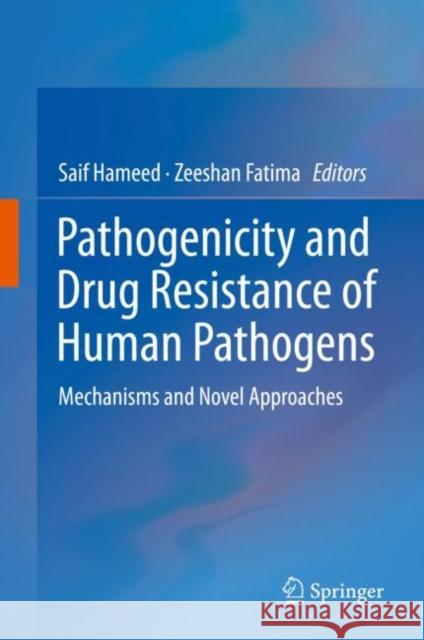Pathogenicity and Drug Resistance of Human Pathogens: Mechanisms and Novel Approaches » książka
topmenu
Pathogenicity and Drug Resistance of Human Pathogens: Mechanisms and Novel Approaches
ISBN-13: 9789813294486 / Angielski / Twarda / 2020 / 404 str.
Pathogenicity and Drug Resistance of Human Pathogens: Mechanisms and Novel Approaches
ISBN-13: 9789813294486 / Angielski / Twarda / 2020 / 404 str.
cena 806,99
(netto: 768,56 VAT: 5%)
Najniższa cena z 30 dni: 771,08
(netto: 768,56 VAT: 5%)
Najniższa cena z 30 dni: 771,08
Termin realizacji zamówienia:
ok. 22 dni roboczych
Dostawa w 2026 r.
ok. 22 dni roboczych
Dostawa w 2026 r.
Darmowa dostawa!
Kategorie:
Kategorie BISAC:
Wydawca:
Springer
Język:
Angielski
ISBN-13:
9789813294486
Rok wydania:
2020
Wydanie:
2019
Ilość stron:
404
Waga:
0.77 kg
Wymiary:
23.39 x 15.6 x 2.39
Oprawa:
Twarda
Wolumenów:
01
Dodatkowe informacje:
Wydanie ilustrowane











